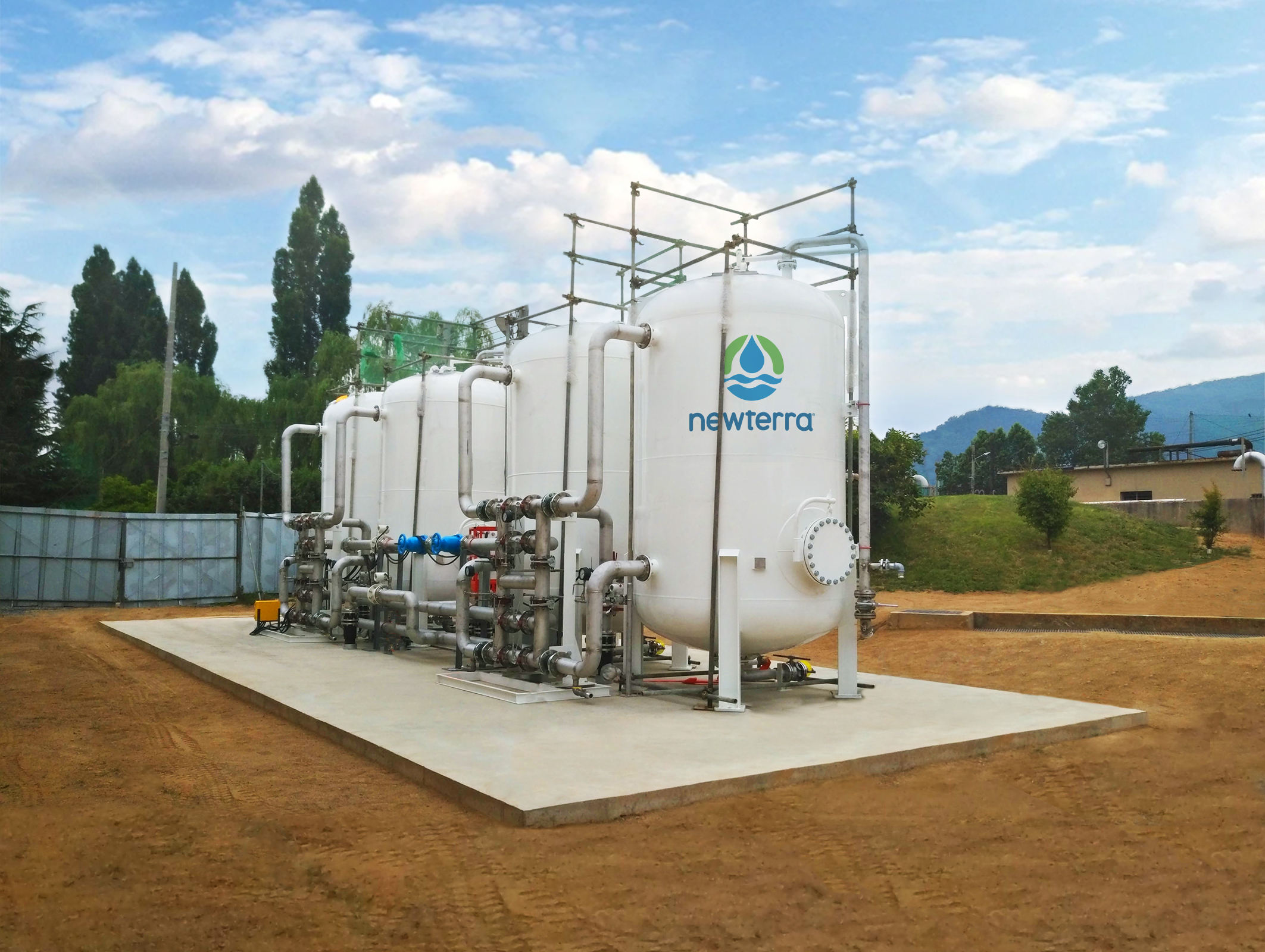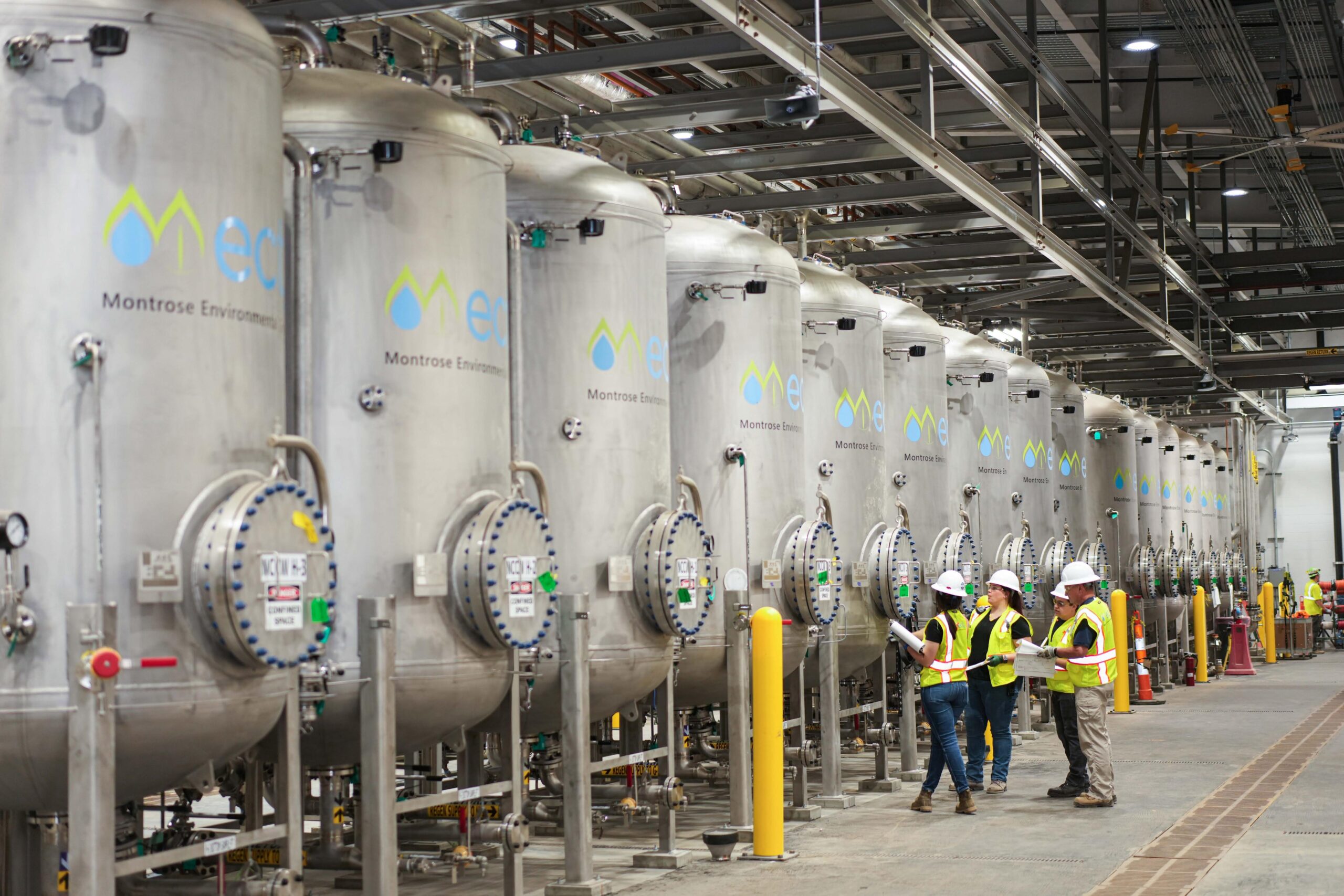PFAS Waste Management for Safer Disposal and Environmental Protection
Wiki Article
How PFAS Therapy Makes Sure Clean and Sustainable Water
The visibility of PFAS, typically known as "forever chemicals," positions substantial obstacles to water quality and public wellness. Advanced treatment innovations, consisting of turned on carbon adsorption and membrane layer filtration, have actually become reliable services to alleviate these impurities. By employing these techniques, neighborhoods can not only attain cleaner water yet likewise foster lasting techniques that shield ecosystems. The effects of these therapies extend past instant health advantages; they elevate essential concerns regarding lasting water monitoring approaches that need to be addressed to guarantee a durable future. What does this mean for our approach to water sustainability?
Comprehending PFAS Contamination
PFAS, or per- and polyfluoroalkyl compounds, have become a substantial ecological issue because of their widespread occurrence and persistence in the setting. These artificial chemicals have been utilized in different industrial applications and consumer items, consisting of non-stick kitchenware, waterproof garments, and food packaging, as a result of their distinct homes such as water and grease resistance.The contamination of dirt and water resources by PFAS happens primarily through industrial discharges, firefighting foam use, and leaching from garbage dumps. pfas management. Once released, these materials are resistant to degradation, bring about their build-up in the setting. This persistence raises crucial issues, as PFAS can take a trip long distances with groundwater and surface area water systems, affecting drinking water materials and ecological communities

Wellness Threats of PFAS
The determination of PFAS in the environment increases significant health worries for people subjected to these substances. Research study has linked PFAS exposure to numerous negative health impacts, including immune system disorder, liver damage, and increased risk of specific cancers.The universality of PFAS in customer items, such as non-stick pots and pans, water-repellent textiles, and food product packaging, more magnifies the danger of direct exposure. Drinking water infected with PFAS is a considerable problem, as these chemicals can seep right into groundwater resources. Vulnerable populaces, including youngsters and those living near industrial sites, may encounter heightened risks due to their creating systems and prospective for greater exposure levels.
As awareness of these health threats proceeds to grow, regulatory firms are beginning to establish standards for PFAS levels in drinking water. Public health and wellness efforts are essential to reduce direct exposure and protect areas from the long-lasting effects of these hazardous materials.

Innovative Treatment Technologies
How can we properly tackle the obstacles positioned by PFAS contamination in water sources? Ingenious therapy technologies are arising as important remedies in the quest for tidy water. These methods focus on the removal or damage of per- and polyfluoroalkyl materials (PFAS), which are notorious for their perseverance in the setting.One promising method is adsorption using advanced materials, such as turned on carbon and ion exchange resins. These products have shown efficiency in capturing PFAS molecules from water. One more significant technology is membrane purification, which uses m270 pfas treatment nanofiltration and turn around osmosis to different contaminants at the molecular level, hence offering an obstacle against PFAS.
In addition, progressed oxidation processes (AOPs) employ strong oxidants to damage down PFAS compounds right into harmless byproducts. This technique is particularly reliable for dealing with highly polluted water sources. Bioremediation methods, utilizing specific microbes, are additionally being checked out to degrade PFAS.
As research continues, hybrid systems that combine numerous technologies might offer enhanced efficiency, addressing the intricacies of PFAS contamination. The growth and application of these ingenious therapy modern technologies are crucial steps towards making sure the security and sustainability of our water sources.
Benefits of Efficient PFAS Therapy
Effectively dealing with PFAS contamination in water resources dramatically improves public wellness and ecological security. PFAS, often described as "for life chemicals," are resistant to deterioration and can build up in the human body, leading to serious health and wellness dangers such as cancer cells, liver damage, and immune system dysfunction. By implementing effective treatment approaches, areas can minimize direct exposure to these hazardous compounds, eventually enhancing the health outcomes of their populations.
Furthermore, successful PFAS therapy contributes to the conservation of local ecological communities. Contaminated water can detrimentally influence aquatic life and interrupt the delicate equilibrium of neighborhood environments. By guaranteeing tidy water, treatment processes safeguard biodiversity and preserve ecological honesty.
In addition, effective PFAS remediation can promote public confidence in water quality. When communities are ensured that their drinking water is complimentary from damaging impurities, it advertises a feeling of safety and security and wellness. This count on is necessary for area interaction and support for continuous water monitoring campaigns.
Future of Water Sustainability
Amid expanding worries about water high quality and deficiency, the future of water sustainability pivots on cutting-edge techniques and collaborative initiatives. As communities deal with the looming dangers of contaminants like PFAS, the growth of innovative therapy innovations is important. These innovations not just concentrate on the removal of dangerous compounds but additionally promote the reuse and recycling of water, consequently reducing general demand.In addition, efficient water administration plays an essential role in guaranteeing lasting techniques. Policymakers should integrate clinical study with regulative frameworks to establish clear guidelines for water use and treatment. Stakeholder interaction, including neighborhood neighborhoods and markets, promotes a feeling of common responsibility and encourages sustainable techniques throughout different markets.
Financial investment in facilities is likewise vital; updating aging systems to integrate contemporary filtering and purification methods can dramatically boost water high quality. Welcoming green innovations, such as all-natural purification systems, can provide green remedies.
Ultimately, the future of water sustainability depends on a holistic approach that integrates modern technology, policy, and neighborhood participation. By focusing on these aspects, we can protect our water sources for generations to find, guaranteeing tidy and lasting water for all.
Final Thought
In final thought, the effective treatment of PFAS is crucial for making certain tidy and sustainable water. Eventually, robust PFAS therapy methods add to long-lasting strength in water management, cultivating public depend on in water high quality and promoting sustainable techniques.Report this wiki page